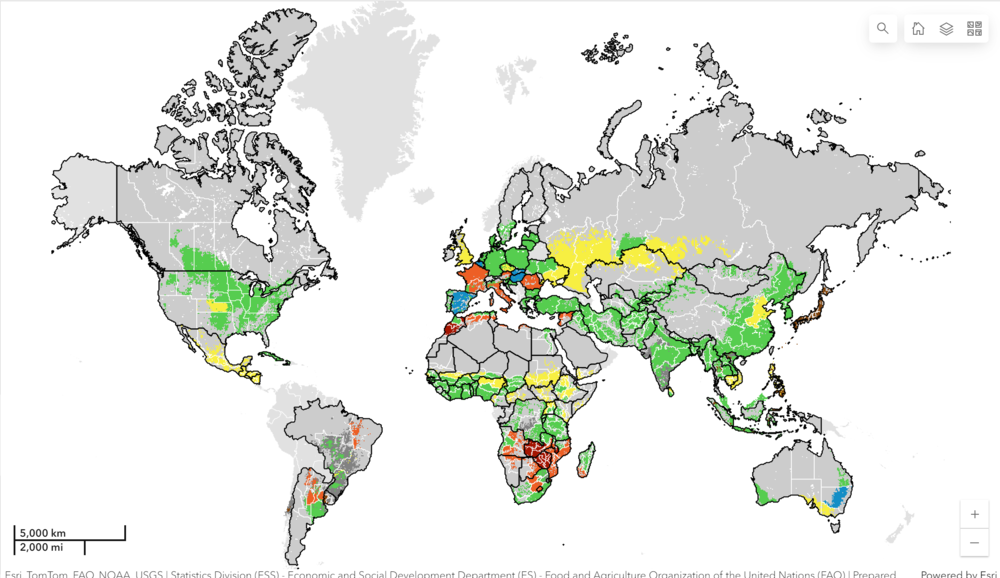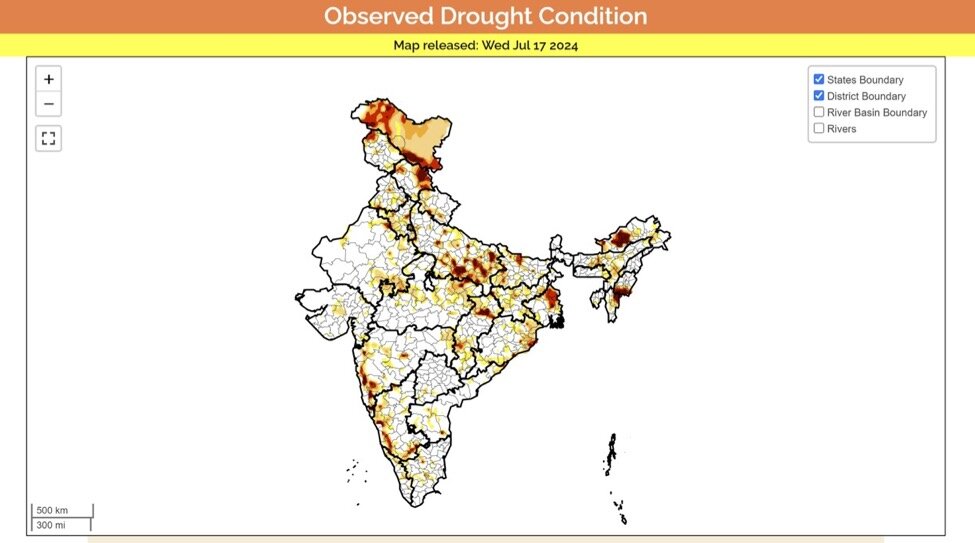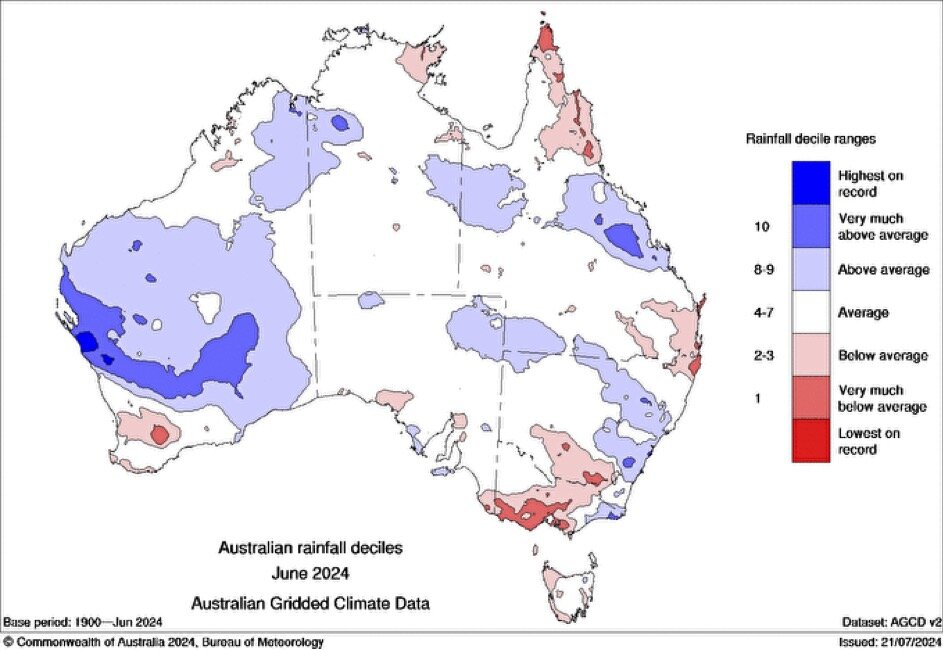Rising temperatures and ongoing drought threaten global agriculture

The Global Drought scenario in June 2024 points to the critical need for coordinated action to mitigate the impact of drought on agriculture, especially in the Americas, Africa, eastern Europe, and parts of Asia.
June 2024 was characterised by extreme heat, setting records for several continents based on NOAA/NCEI, ECMWF ERA5,, and NASA data. The relentless heat exacerbated drought conditions by increasing evapotranspiration, as shown by the Standardized Precipitation Evapotranspiration Index (SPEI).
Low soil moisture and groundwater levels continue to affect large agricultural areas worldwide. Satellite observations revealed stressed vegetation on most continents, indicating severe impacts on crop yields and food security.
Africa
Southern Africa experienced a relatively wet June, a respite from months of dryness. Conversely, Eastern Africa had its eighth driest June, and continent-wide, Africa had the tenth driest June on record, based on ECMWF ERA5 data. The GEOGLAM Crop Monitor reported significant agricultural threats in parts of Africa, contributing to food insecurity highlighted by the Famine Early Warning System Network (FEWSNet).
Europe
Europe was wetter than normal, except in the Mediterranean Basin, which had the 14th driest June on record. Standardized Precipitation Index (SPI) maps (which compare current month precipitation to historical precipitation using a standardized statistical algorithm) indicated persistent dryness in Eastern Europe, Scandinavia, and the Mediterranean, exacerbating agricultural and water resource challenges.
Asia
Asia saw a mix of precipitation anomalies. While some regions were wetter, large areas, particularly in Russia, Mongolia, India, and Southeast Asia, remained dry. The India Drought Monitor reported that 23.2% of India was in drought at the end of June, a slight improvement from the previous month.

Image source: India Drought Monitor
Australia and New Zealand
Western Australia received beneficial rains, yet northern, eastern, and southwestern regions remained dry. SPI maps indicated expanding dryness in these areas, with low streamflows and water storage levels noted by the Australian Bureau of Meteorology.

Image source: Australian Bureau of Meteorology
South America
South America experienced widespread dryness, with Brazil and neighboring countries facing severe drought conditions. The Southern South America Drought Information System (SISSA) indicated increasing drought severity, affecting agriculture and water resources.
North America and Central America
June 2024 presented a mixed precipitation pattern across North America. The SPI showed drier than normal conditions in parts of Mexico, Canada, and the United States, while other areas experienced wetter conditions. Central America benefited from heavy precipitation, marking the wettest June in the 1940-2024 ECMWF ERA5 Reanalysis dataset.
This information is based on global drought indicators available at the Global Drought Information System (GDIS) website, and media reports summarized by the US National Drought Mitigation Center. A more detailed report is available from the GDIS Global Drought Narrative.
Header image source: GEOGLAM Crop Monitor